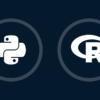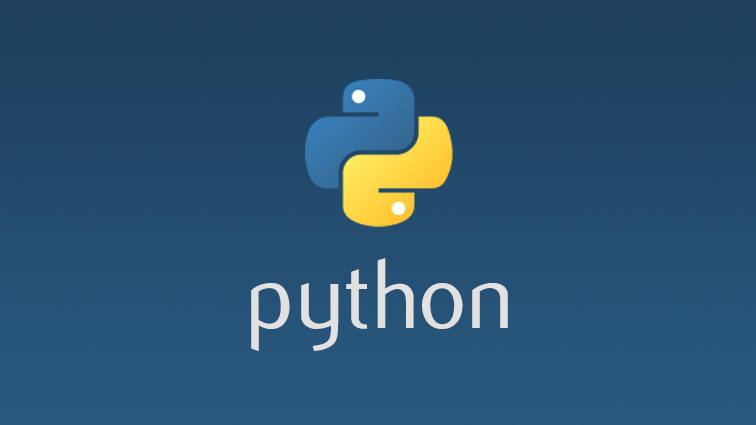Data from Grand View Research reveals that the global software development market was valued at over $429 billion in 2021, and it’s expected to grow at a remarkable CAGR of over 11 percent, too. If programming wasn’t a booming business before, it will certainly be in the near future, and every coder who can ride that wave is sure to build a lot of wealth. But if you’re new to the programming world, you might be a bit lost on what to focus on. If that’s the case, simply read on to find out which programming areas to invest your time in.
Cloud Computing and Cloud-Native Programs
Industry leaders have been saying for years that cloud computing is the future, and although that has taken a while for things to fully transition to the cloud, that future is by and large already here. So many businesses now host at least a large part of their operations on a cloud environment, and many more join their ranks daily.
Any programmer who wants to rise up the ranks would be remiss not to ride this wave. The demand is simply too high to pass up this opportunity. Businesses, governments, and other major institutions are going to need people who can navigate the intricacies of cloud-native programs. While you may not be able to get on the ground floor of cloud computing if you’re only starting now, investing some time to master it will get your foot in the door for when it does take off in full swing. Even just familiarizing yourself with a single cloud platform will help you get a handle on how they work, and thus be able to use that knowledge when working with other platforms.
Advanced Database Techniques
Data is arguably the lifeblood of any modern enterprise. Now that our institutions are becoming much more technologically advanced, the need for more complex database management becomes ever more pressing. Geospatial information analysis, for example, is starting to take center stage in the commercial world as companies strive to gain more insight into their demographics or find out which regions are ripe for business, and thus adjust their business strategies accordingly.
It’s for this reason that MariaDB upgraded its ability to process geospatial data by acquiring CubeWerx in August of 2022. With moves like this, MariaDB is hot on the heels of other SQL giants such as MySQL. Scores of database developers have been migrating from SQL to MariaDB for years now, and because of their commitment to flexibility and scalability, it’s easy to see why. If you have yet to explore database systems, MariaDB is a great place to start as there are plenty of intuitive resources online where you can find a MariaDB tutorial for beginners. If its track record is any indication, it’s likely that this database system will be at the epicenter of great things to come.
Data Structures and Algorithms
While programming is the name of the game, any major development project has to begin with choosing the right data structures and algorithms. All of the tech giants, like Microsoft and Amazon, have to think about this before approaching any project. After all, computer processes involve taking in and outputting data. Doing so in an inefficient way will lead to excessive resource use and damage profitability.
DSAs are crucial fundamental knowledge that every programmer is expected to know, and thus even smaller tech companies test interviewees on their mastery of the subject. They’re an essential part of any developer’s problem-solving toolkit, and in any serious programming position, they will come up frequently in your everyday workload.
As things stand, it would seem that these areas are going to be the focal point of tech development as we gravitate ever further into the technological singularity. But remember that programming calls for a bit of a mixed approach between generalism and specialization. It’s important that you have deep knowledge in some areas, but it also pays to take to heart all the best practices that are standard throughout the industry.
In this article:Programming
Written By
Admin
Thanks for reading this article. If you're new here, why don't you subscribe for regular updates via RSS feed or via email. You can also subscribe by following @techsling on Twitter or becoming our fan on Facebook. Thanks for visiting!

Click to comment




















































































































































































